Ask an Entrepreneur: What are Your Tips for Building Strategic Partnerships?
Simple-Fill* has done a masterful job of creating strategic partnerships. Simple-Fill has developed technology, funding, product, and business development partnerships with The Ohio State University’s Center for Automotive Research CAR, where the technology was conceived, as well as with industry leaders such as Honda, Worthington Cylinders, a leader in compressed natural gas (CNG) cylinders, and others.
We asked Simple-Fill Founder and CEO Rob Underhill to share some tips on building mutually beneficial strategic partnerships when the partners are established and the startup is just starting out.
TC: How did you come to learn the importance of partnerships and also how to bring them about?
RU: My first startup experience was a hospice for children with HIV in Honduras: Montana de Luz. It was an ecumenical project; we had believers and non-believers, agnostics, atheists, and Christians—Catholics, Lutherans, Presbyterians, and Methodists. It was a gathering of people with a common objective, but with different beliefs. We had to create partnerships .
Then at Velocys®, my second startup experience, it was more of the same. We enlisted some of the biggest refining and petrochemical companies in the world to work with us. Wayne Simmons, the founding CEO at Velocys, did a marvelous job of helping target partners see his vision for the company, translating that into their particular business, and then showing how there was value that could be derived from what Velocys was working on and why a company would want to become a partner with us and be part of it.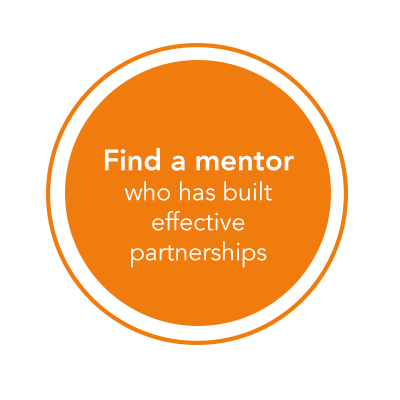
When I began with Simple-Fill, one of the first people I called was Wayne to talk about some of the strategies he used to create partnerships. We certainly haven’t reached the level that Wayne achieved: he was masterful. But we are attracting some major companies that can see how partnering with a successful Simple-Fill could impact their businesses positively. Partnerships can also be sources of non-dilutive funding as well.
TC: A startup needs to be focused on what the company’s strategy is and is not before it goes out to forge partnerships.
RU: Yes. For us, we know that we can’t grow this company by ourselves and don’t want to. We are developing hard goods, so for us, it’s manufacturing partnerships that we need. Our design uses pumps, pressure vessels, and valves and integrates them along with the IP we have developed. There is a lot to understand in those three components while trying to integrate our own IP.
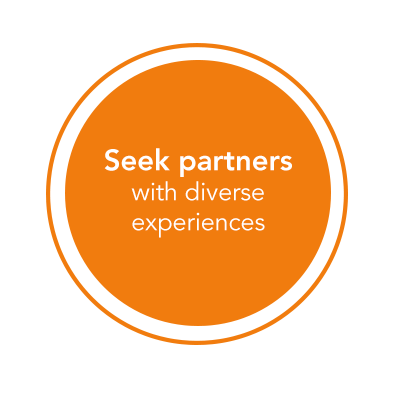 Therefore, we agreed that we don’t want to be a pump manufacturer.
Therefore, we agreed that we don’t want to be a pump manufacturer.
We don’t want to get into the pressure vessel or valve businesses. There are people out there who know more than Simple-Fill should or could ever know about manufacturing these items. We are relying on them to create products that, when combined with our IP, create our technology. That’s a part of our strategy.
TC: So what does an entrepreneur need to start reaching out to strategic partners and inviting them into the fold?
RU: Courage. You have to go forward with the understanding that the people you are talking with might say no. You have to be willing to put yourself out there and take a risk that someone will say, we aren’t interested. They might also say yes, but if they say no, it’s okay. You just try and find the next person.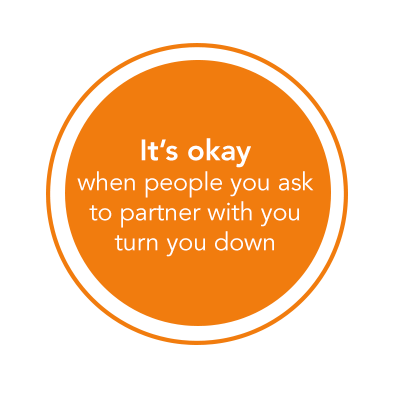
In a lot of ways, communicating your vision for partnerships to the guy or gal across the table is a lot like selling. You have to have the courage to go in and say, this is what we are doing. We think you can help us. Can you? With confidence, you have to make the potential opportunity clear and great.
TC: So the first step is getting companies that are larger, well established, and likely very careful about adding risk interested in your startup business.
RU: Yes. We went into Worthington Industries and told them what we were doing and that we were going to need some pressure vessels if this takes off. Thousands of them. That got people’s attention.
TC: And then I bet their staffs dive deep to check you out.
RU: Well, yes. There are some successful companies started by two people in a garage. The partners we are working with want to know that we were farther along than that.
 They expected us to have answers, to show a pathway to the market so that they could see that their efforts wouldn’t be wasted.
They expected us to have answers, to show a pathway to the market so that they could see that their efforts wouldn’t be wasted.
That’s true with any partner. Before they sign on, they want to know how much the entrepreneur knows about the market and the people who are going to buy the product. They want to know before they spend money on the technology that the entrepreneur has a good handle on what’s going on.
TC: And they want to know about the competition, too, right? Who else is doing it?
RU: Absolutely. If you are going into a market where there are five competitors that show up when the potential partner does a simple Google search, and you haven’t talked about any of them, that’s a big red flag.
TC: How do you approach a partner? What do those early conversations look like?
RU: I like getting connected with a decision maker through our network (OSU, TechColumbus, current partners, etc).
After the introduction, the second step is to arrange a phone call or a time to meet. This interaction is really important: we must be very clear as to what we are doing and how it relates to the target partner’s business.
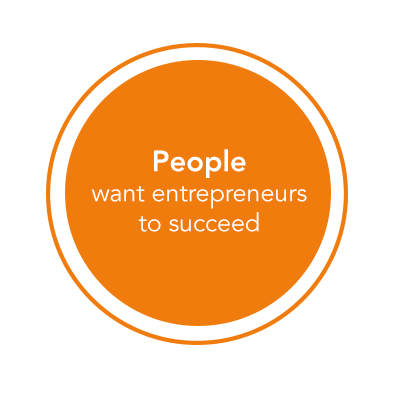
The third step is to take a modest approach: Ask for their help. I think decision makers get “sold” all the time. We really truly want them to be a part of our long-term success which is addressed early on by connecting the dots between our business and their business. But near term, what we are really seeking is help. I have found that people like to be helpful especially when it comes to something that may beneficial to them or their business.
After that, we listen. It’s easy to want to interrupt and interject and show how much we know, but it’s best just to be quiet and let the other person(s) talk. The amount of information you can glean is substantial. It’s amazing what we have learned from partners who are working in a different subset of the market or industry than we are working in.
TC: So strategic partnerships are a way to leverage other people’s knowledge.
RU: Absolutely. And give them the opportunity to leverage ours. For example, our valve supplier is the leader in their market space. Worthington Industries understands pressure vessels. We understand the compressor marketplace. Between the three of us, we are able to share information that otherwise wouldn’t have been shared. That’s a value add.
CT: How do you handle non-disclosures with potential partners?
RU: In any technology-laden start-up, there are two things at the heart of the business. One is the technology and the other is the market. It’s the entrepreneur’s job to match those up.
Confidentiality is important, but you can talk at a very high level with people about what you are trying to do without getting into the technology. Most businesses want to talk about the market you are going after, why that market, how are you going to penetrate, who are the competitors, etc. These are successful business people and they are smart, so expect tough questions. They wouldn’t be in the positions they are in otherwise.
Eventually we put some sort of two-way non-disclosure agreement in place, but we don’t lead with that.
TC: It’s been our experience that there are a lot of folks out there who are rooting for entrepreneurs to succeed.
RU: I think that is another reason why I have found success working with strategic partners. A lot of people I speak with have expressed the desire to start their own business or work within a start-up. But for one reason or other—financial or career or something else—they haven’t.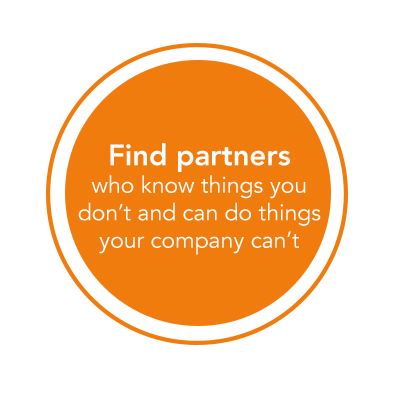
I think that sometimes working with a company like Simple-Fill scratches that itch for people. And that’s pretty cool. It’s all about collaboration and building relationships. We’ve always said that the best thing that will ever come out of Simple-Fill are the friends we make along the way.
* Simple-Fill and the team of original inventors are commercializing technology spun out from The Ohio State University’s Center for Automotive Research CAR to reliably and affordably compress natural gas.

